
Course Introduction:This tutorial explains in detail how to achieve conditional display or complete hiding of specific block content through block overlay and parent() functions in the Twig template inheritance system. This is crucial for flexible control of content output on different page types (such as A/B pages in CMS), avoid unnecessary block rendering, and improve template reusability and management efficiency.
2025-08-23 comment 0 199

Course Introduction:This article introduces in detail how to flexibly control the display and hiding of specific block content in the Twig template inheritance system. By deeply understanding the Block Overriding mechanism, combined with parent() function and conditional logic, developers can accurately control the rendering of Twig blocks under different pages or specific conditions, effectively avoid the display of unnecessary content, and optimize page output.
2025-08-19 comment 0 504

Course Introduction:Install and create a Laravel project, use the composercreate-project command to initialize the blog project and start the development server; 2. Configure the database, set MySQL connection information in the .env file and create a blog database; 3. Create Post model and migration file, define title, content, slug, is_published and other fields and perform migration; 4. Generate the PostController resource controller, query published articles in the index method and display them on a page; 5. Use the Blade template engine to create layout and view files, including article list and details page; 6. Register in web.php
2025-08-02 comment 0 835
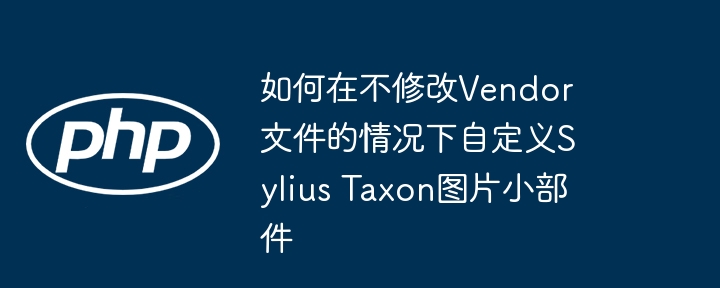
Course Introduction:This tutorial details how to customize the image_filter of the Taxon image widget through the template overlay mechanism without modifying the Sylius vendor file. By copying the core UI templates to the project templates directory and modifying the image filter configuration in it, developers can flexibly adjust the image display size to ensure compatibility and maintenance of system upgrades.
2025-08-29 comment 0 324

Course Introduction:Install VueRouter: Use npminstallvue-router@4 to install the corresponding version for Vue3 project. 2. Define routes: Configure the mapping between paths and components in src/router/index.js. 3. Integrated routing: Mount the route to the application instance through createApp(App).use(router) in main.js. 4. Add navigation and export: Use it in App.vue for navigation and display the corresponding components with display. Finally, it realizes refresh-free view switching for single-page applications, and fully supports advanced functions such as dynamic routing, nested routing, lazy loading and routing guarding.
2025-07-30 comment 0 690
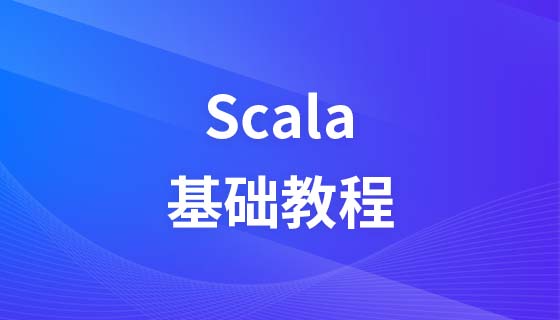
Course Elementary 13929
Course Introduction:Scala Tutorial Scala is a multi-paradigm programming language, designed to integrate various features of object-oriented programming and functional programming.
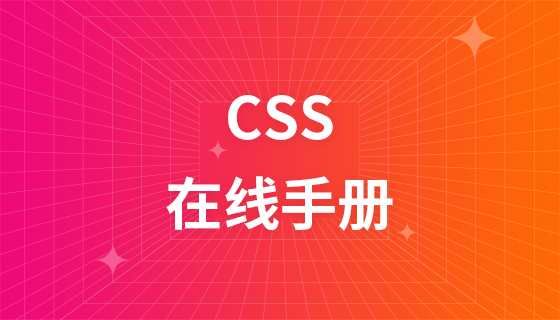
Course Elementary 82482
Course Introduction:"CSS Online Manual" is the official CSS online reference manual. This CSS online development manual contains various CSS properties, definitions, usage methods, example operations, etc. It is an indispensable online query manual for WEB programming learners and developers! CSS: Cascading Style Sheets (English full name: Cascading Style Sheets) is an application used to express HTML (Standard Universal Markup Language).
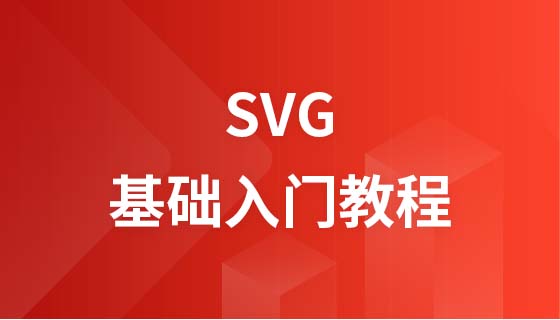
Course Elementary 13266
Course Introduction:SVG is a markup language for vector graphics in HTML5. It maintains powerful drawing capabilities and at the same time has a very high-end interface to operate graphics by directly operating Dom nodes. This "SVG Tutorial" is intended to allow students to master the SVG language and some of its corresponding APIs, combined with the knowledge of 2D drawing, so that students can render and control complex graphics on the page.
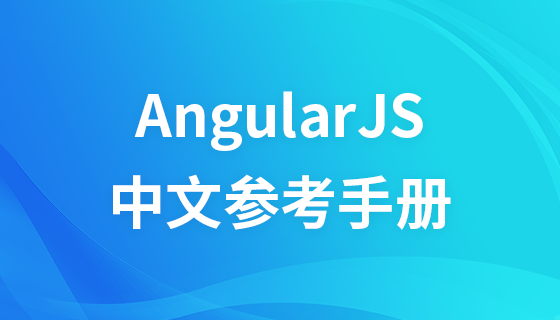
Course Elementary 24732
Course Introduction:In the "AngularJS Chinese Reference Manual", AngularJS extends HTML with new attributes and expressions. AngularJS can build a single page application (SPAs: Single Page Applications). AngularJS is very easy to learn.

Course Elementary 27566
Course Introduction:Go is a new language, a concurrent, garbage-collected, fast-compiled language. It can compile a large Go program in a few seconds on a single computer. Go provides a model for software construction that makes dependency analysis easier and avoids most C-style include files and library headers. Go is a statically typed language, and its type system has no hierarchy. Therefore users do not need to spend time defining relationships between types, which feels more lightweight than typical object-oriented languages. Go is a completely garbage-collected language and provides basic support for concurrent execution and communication. By its design, Go is intended to provide a method for constructing system software on multi-core machines.
Encountered 500 (RuntimeError) error while re-fetching data: problem solution for axios and nuxtjs
2023-08-25 11:06:29 0 1 680
How to write a resume form in thinkphp to display the completeness progress bar
2017-05-16 13:16:20 0 1 723
How to print window in JSRuntime to show all records?
2024-03-19 19:57:53 0 1 742
javascript - Legal verification of multiple-choice questions
2017-05-16 13:05:06 0 4 745
How do I get my image to appear on the page's main display?
2024-04-06 15:33:12 0 1 1155